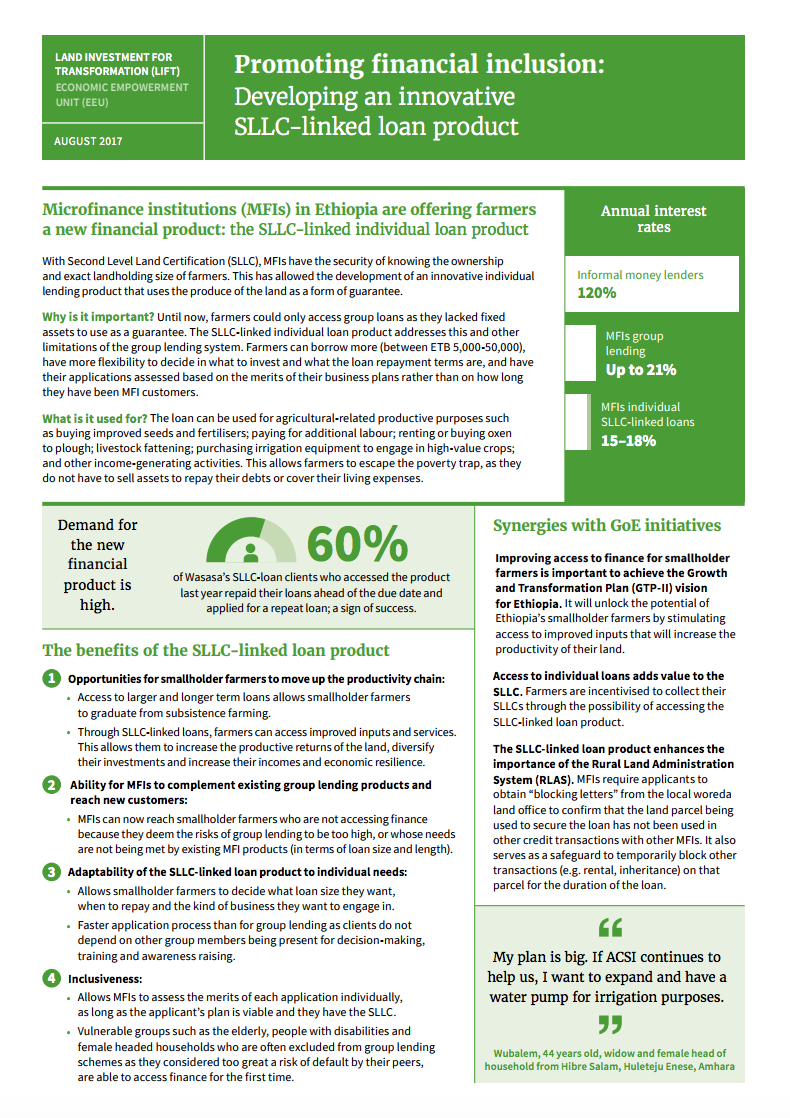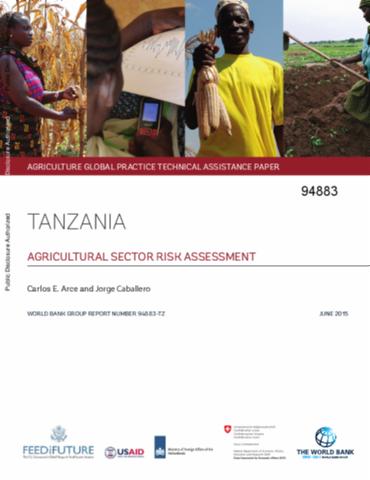Guide to improving land tenure security in irrigation schemes in Niger
There are 85 irrigation schemes in Niger that cover around 16,000 ha and are cultivated by 40,000 farmers. The informal status of these irrigation schemes, and their occupants, has created problems due to population growth and the increasing scarcity of natural resources. Holders of traditional land rights have challenged government decisions concerning land attributions and property rights within the schemes, and have occasionally prevented construction from proceeding.








